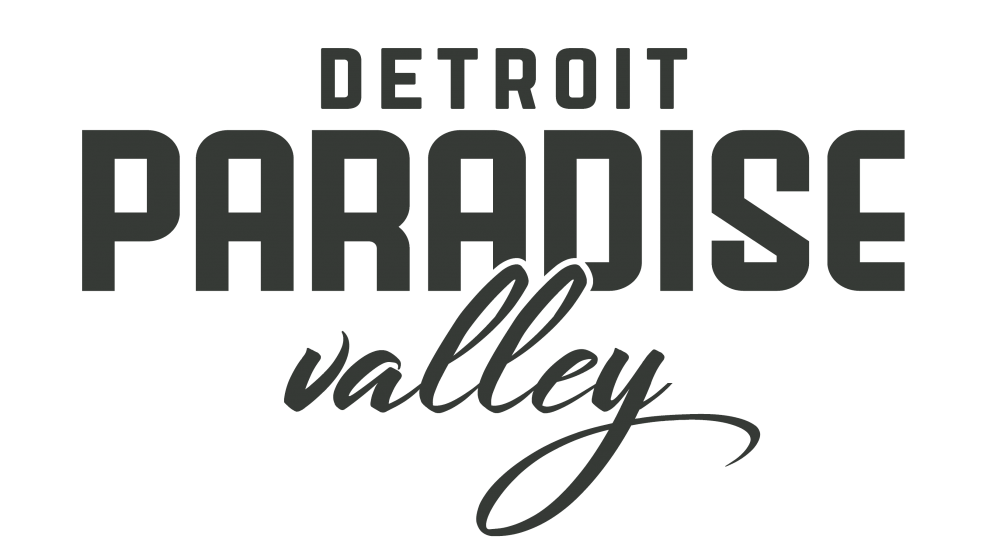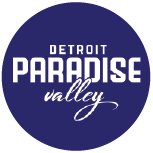


The Paradise Valley Cultural & Entertainment District Conservancy is a recognized 501(c)3 non-profit organization with a mission and vision of preserving the legacy that arose from African Americans pursuing their vision of creating, owning, and operating successful businesses in the former areas of Detroit known as Paradise Valley and Black Bottom.

In 2016, the Downtown Development Authority of the City of Detroit (DDA) established The Paradise Valley Cultural & Entertainment District by approving a comprehensive $52.4 million investment in new construction and renovations in the historically significant pocket of downtown.
The project includes the simultaneous redevelopment of five existing buildings, and four surface lots and features commercial and retail space, residential units, restaurants, entertainment venues and a boutique hotel.
To ensure fulfillment of the City of Detroit and the Downtown Development Authority’s (DDA) vision for the Paradise Valley Cultural and Entertainment District (PVCED), a consortium of the area’s developers created the Paradise Valley Conservancy.

Frisco City Hall
8353 Sierra Avenue • Frisco, CA 91335
Phone: (907) 350-7400 • Monday – Thursday, 8:00 am – 6:00 pm
Copyright © 2024 Detroit Paradise Valley Conservancy. All Rights Reserved.
©2024 Detroit Paradise Valley Conservancy. All Rights Reserved.


